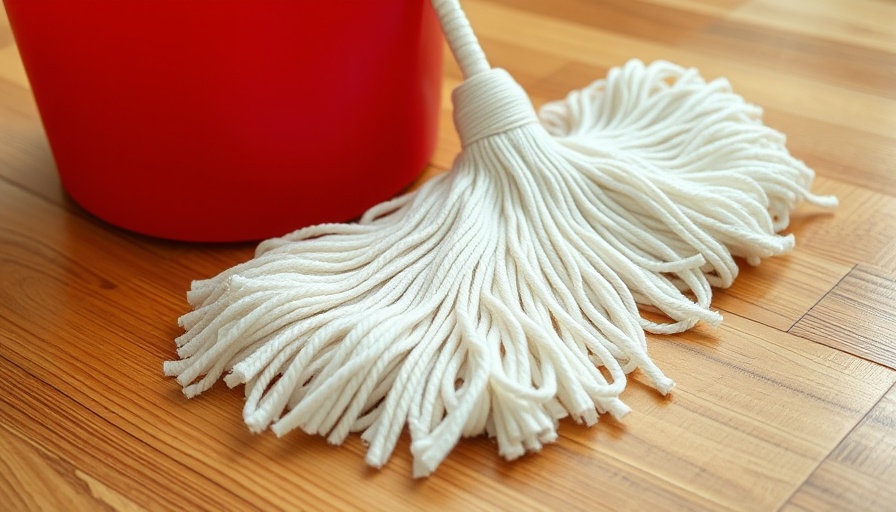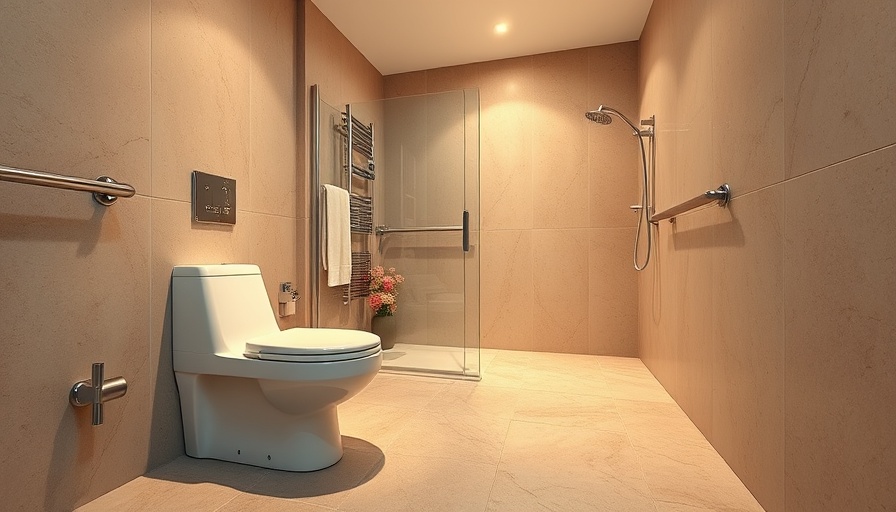
The Essential Guide to Proper Floor Mopping
Do you feel like your floors look dirtier after completing what should be a cleansing task? That can happen easily if you're overlooking some crucial steps. Learning how to properly mop your floors not only enhances their appearance but also extends their lifespan. Let’s dive into the effective ways to mop your floor correctly.
Why Sweeping is Essential Before Mopping
Before you even think about grabbing a mop, give your floors a thorough sweep or vacuum. It might seem like a trivial step, but it’s crucial to remove dust, dirt, and debris. Without this step, you risk spreading these particles around rather than effectively cleaning them up. By starting with a clean slate, you will notice a significant difference in the results.
Two Bucket System: The Secret to Clean Floors
One common mistake homeowners make is not using two buckets while mopping. Fill one bucket with your chosen cleaning solution and keep the other with clean water. When mopping, dip your mop into the cleaning solution, wring it out thoroughly, and use the clean water bucket to rinse it. This method prevents dirt from being redeposited on the floor, ensuring a truly clean surface.
Choosing the Right Cleaners for Different Floor Types
The type of flooring you have greatly affects which cleaning products should be used. Here are tailored recommendations:
- Hardwood Floors: Use a pH-neutral soap, avoiding harsh chemicals that can strip the finish. A slightly wet mop is key.
- Laminate Floors: Similar to hardwood, keep the mop slightly damp, and be quick to blot spills to avoid damage.
- Vinyl Floors: An effective cleaning solution is a vinegar and water mix that sanitizes without leaving a sticky residue.
- Stone Tiles: Stick to mild, pH-neutral cleaners, as harsh chemicals can discolor and damage the surface.
- Ceramic Tiles: Again, vinegar works wonders by cutting through residues while being safe for your family and pets.
Steps to Achieve a Pristine Floor
- Clear the Room: Stripping the area of furniture and obstacles is essential to ensure thorough cleaning.
- Start Sweeping: This sets the groundwork for effective mopping.
- Mop Technique: Begin at the farthest corner of the room and work your way backwards to avoid stepping into your newly cleaned area.
- Rinse Regularly: Continuously rinse your mop to keep it clean and effective.
- Air Dry: After use, let your mop air dry completely to avoid mildew buildup.
What Happens When You Cut Corners?
Many homeowners assume that more soap equals cleaner floors. This misconception can lead to sticky residues that attract dirt more easily. Additionally, using an unclean mop will only push grime around, leaving floors looking worse than before. Understanding the correct way to mop not only improves your aesthetic but also creates a healthier home environment.
Embracing Sustainable Practices in Cleaning
Are you looking to incorporate eco-friendly cleaning habits into your routine? Consider natural solutions such as baking soda and vinegar for their effective and non-toxic properties. This not only benefits the environment but also safeguards your family’s health.
Understanding how to properly mop your floors ensures they remain clean and pristine while extending their life. By employing the right techniques and cleaning products specific to your flooring, you create a healthier environment in your home.
To further foster a cleaner living space, examine your cleaning habits—perhaps it's time to rethink your cleaning routine. Remember, investing a bit of time now ensures a cleaner, healthier home for years to come!
 Add Row
Add Row  Add
Add 




Write A Comment